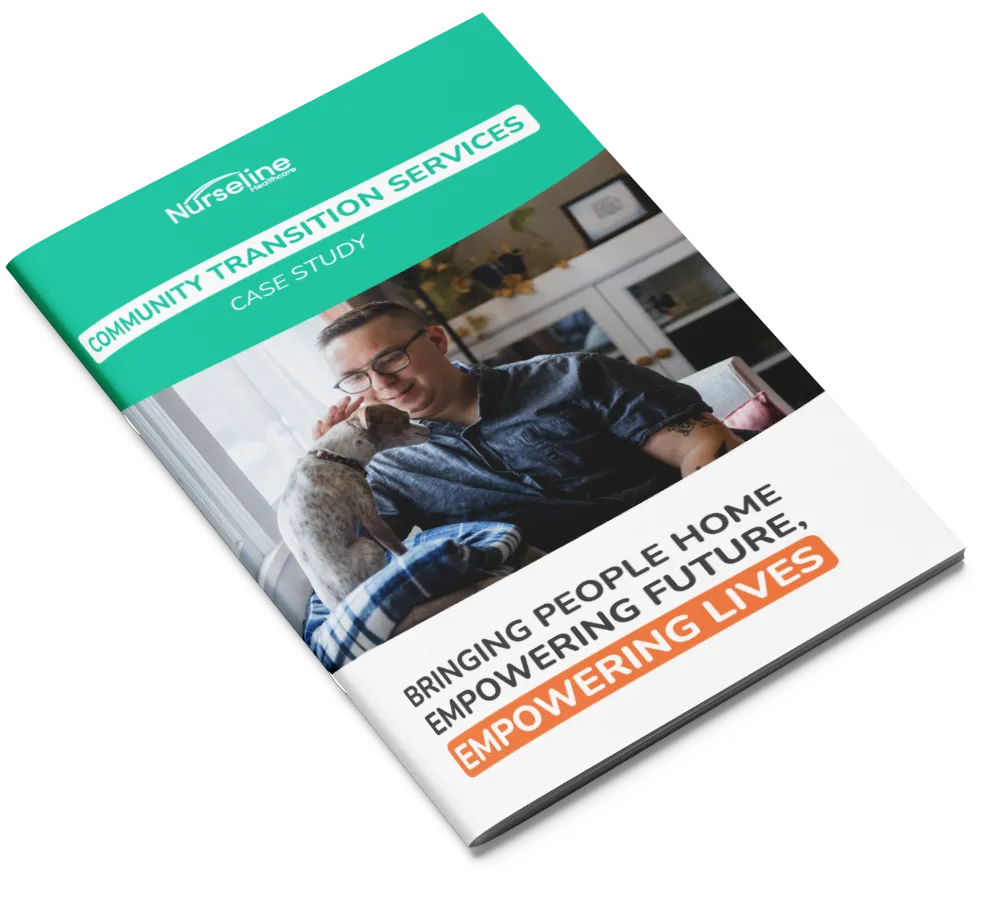Transitions from hospital to community life can be challenging, especially for autistic people with multiple behavioural needs. This case study highlights how a consistent, person-led approach made all the difference for Zayn, a young man who moved from a highly restrictive hospital environment to living safely and independently in his home.
The Challenge
Zayn, a young autistic man, had been living in a hospital setting for over a year. During this time, he presented with intense self-destructive behaviours and repetitive patterns that limited his day-to-day functioning and well-being. A lack of routine, unfamiliar faces, and a restrictive care environment left him vulnerable and disengaged.
By the time Nurseline Healthcare’s Community Transition Services team was brought in, Zayn required intensive, round-the-clock support. The primary challenge was not just managing risk, but helping Zayn find stability, connection, and eventually, a path back to living with dignity and independence in a place he could call home.
The Approach
The transition began with a phased, highly personalised plan. A specialist team with expertise in supporting people with autism was introduced to Zayn’s hospital environment. They adopted a completely hands-off approach, avoiding restrictive practices and instead focusing on routine, predictability, and respectful communication.
Over several months, Zayn’s care package stepped up to 2:1 support, ensuring both safety and the space to build meaningful relationships. Two support workers became key figures in his progress, deeply attuned to his needs and fully committed to his development.
Recognising how vital consistency would be, the care coordinator worked closely with the registered manager of the receiving community service to ensure Zayn’s existing team followed him into his new home. This stability created a familiar environment during the most vulnerable part of his transition.
With a structured routine, purposeful daily activities, and a strong relational foundation, Zayn began to break out of harmful behaviour cycles. Staff were trained to redirect challenging behaviours using a calm, empathetic, and person-centred approach, allowing Zayn to build confidence and engage with the world around him.
The Result
Today, Zayn lives in his own home in the community. He’s no longer defined by the behaviours that once kept him in hospital. Instead, he participates in daily routines, helps prepare meals, does his laundry, and has developed a meaningful life filled with purpose and stability.
His team, still the same familiar faces, are more than support workers. They’re part of Zayn’s extended family. Through trust, structure, and the proper support at the right time, Zayn has reclaimed his independence and begun a life that reflects his strengths, not his challenges.
